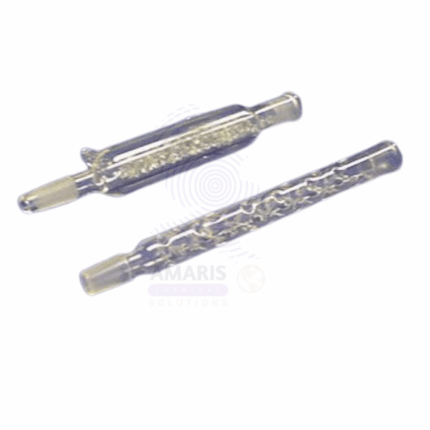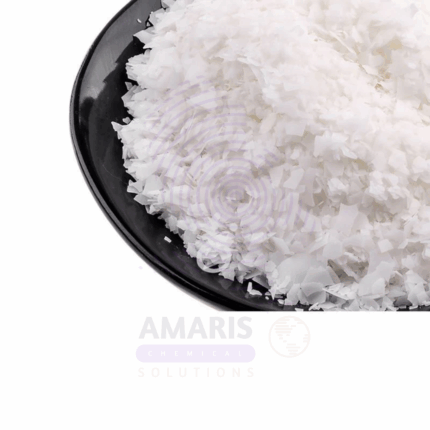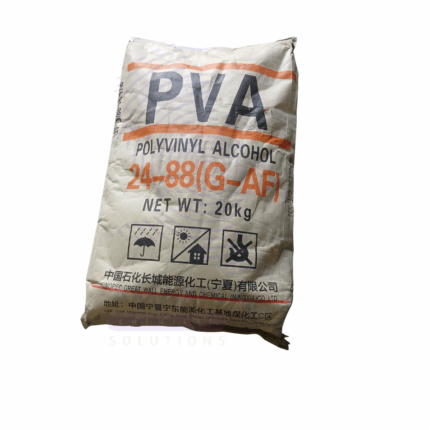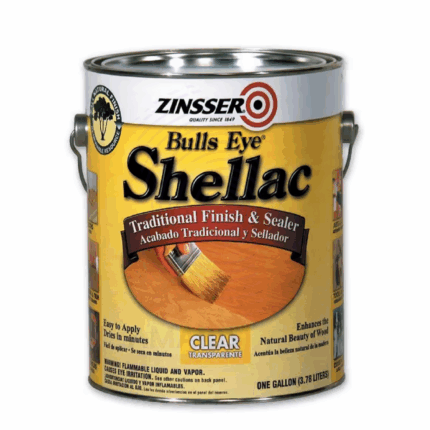

Tween 20 (Polysorbate 20)
Tween 20, also known as Polysorbate 20, is a non-ionic surfactant and emulsifier derived from the esterification of sorbitan (from sorbitol) with fatty acids, followed by ethoxylation. It is a pale yellow to amber viscous liquid that is completely soluble in water, making it ideal for emulsifying oil-in-water systems. Tween 20 is widely used in cosmetics, pharmaceuticals, food, biotechnology, and industrial formulations due to its excellent emulsifying, dispersing, solubilizing, and stabilizing properties.
Primary Uses
Cosmetics and Personal Care:
Used as an emulsifier in creams, lotions, and cleansers for stable oil-in-water emulsions.
Functions as a solubilizer for essential oils and fragrances in body sprays, shampoos, and facial mists.
Acts as a surfactant and wetting agent in formulations for skin and hair care.
Pharmaceutical Industry:
Used as a solubilizing agent for poorly water-soluble active ingredients.
Acts as a stabilizer in injectable solutions, ophthalmic formulations, and oral suspensions.
Employed in vaccine formulations as a dispersing agent for antigens.
Food Industry (Food Grade):
Used as an emulsifier and stabilizer in sauces, ice cream, dressings, and beverages.
Helps in dispersing flavor oils and preventing separation in processed foods.
Often included in bakery mixes for texture improvement and shelf-life extension.
Biotechnology & Laboratory Use:
Functions as a blocking agent in Western blotting and ELISA to prevent non-specific binding.
Used as a detergent in cell lysis buffers and protein purification protocols.
Aids in membrane protein solubilization and micelle formation for biochemical studies.
Secondary Uses
Household and Industrial Cleaners:
Used as a wetting agent and emulsifier in surface cleaners, detergents, and disinfectants.
Paints and Coatings:
Functions as a dispersant and stabilizer in water-based paints and inks to improve pigment distribution.
Agrochemical Formulations:
Included in pesticide and herbicide emulsions for better spreadability and adhesion on plant surfaces.
Textile Industry:
Used as a fiber wetting and softening agent in finishing processes.
Medical Devices and Diagnostics:
Applied in coating processes for diagnostic tools and test strips to improve hydrophilicity.
Chemical Name (IUPAC): Polyoxyethylene (20) sorbitan monolaurate
Common/Trade Name: Tween 20, Polysorbate 20
CAS Number: 9005-64-5
HS Code: 3402.13.00
Synonyms: Polyoxyethylene sorbitan monolaurate, PEG-20 sorbitan laurate
Physical & Chemical Properties
Physical State: Viscous liquid
Color & Odor: Pale yellow to amber; mild fatty odor
Boiling Point: Decomposes before boiling
Solubility: Completely soluble in water, ethanol, and other polar solvents
pH (1% solution): 5.0–7.0
Hydrophilic-Lipophilic Balance (HLB): ~16.7 (highly hydrophilic)
Viscosity: ~400 cps (at 25°C)
Density: ~1.10 g/cm³
Safety & Hazard Attributes
GHS Classification: Not classified as hazardous
Toxicity: Low toxicity; considered safe for use in food, cosmetic, and pharmaceutical applications
Exposure Limits: No specific occupational exposure limits; handle with general hygiene practices
Storage & Handling Attributes
Storage Conditions: Store in tightly sealed containers in a cool, dry place away from light and oxidizing agents
Container Type: HDPE drums or food-grade containers
Shelf Life: 24 months under proper storage
Handling Precautions: Avoid contamination and prolonged exposure to air
Regulatory & Compliance Attributes
Approved by FDA and EFSA for food and pharmaceutical use
Listed in USP, BP, and EP pharmacopoeias
Complies with REACH, TSCA, and GMP standards
Allowed in COSMOS and ECOCERT certified natural cosmetic formulations
Adheres to OSHA and GHS chemical labeling requirements
Environmental & Health Impact
Biodegradability: Readily biodegradable under aerobic conditions
Ecotoxicity: Low toxicity to aquatic organisms
Bioaccumulation: Not expected
PPE Required: Gloves and eye protection in bulk handling
Handling Guidelines: Use in well-ventilated area; prevent contamination
Storage Measures: Keep container sealed and away from incompatible materials (oxidizers)
First Aid Measures
Inhalation: Not hazardous under normal conditions; move to fresh air if discomfort occurs
Skin Contact: Wash with soap and water if irritation develops
Eye Contact: Rinse with water; seek medical help if irritation persists
Ingestion: Rinse mouth; product is low-toxicity but medical advice is recommended in large quantities
Firefighting Measures
Fire Hazards: Slightly combustible at high temperatures
Extinguishing Media: Water spray, dry chemical, foam, or CO₂
Hazardous Combustion Products: Carbon monoxide, carbon dioxide, and ethylene oxide traces


 Preservatives(food)
Preservatives(food) Flavor Enhancers
Flavor Enhancers Acidulants
Acidulants Sweeteners
Sweeteners Antioxidants
Antioxidants Colorants(food)
Colorants(food) Nutraceutical Ingredients (food)
Nutraceutical Ingredients (food) Nutrient Supplements
Nutrient Supplements Emulsifiers
Emulsifiers
 Collectors
Collectors Dust Suppressants
Dust Suppressants Explosives and Blasting Agents
Explosives and Blasting Agents Flocculants and Coagulants
Flocculants and Coagulants Frothers
Frothers Leaching Agents
Leaching Agents pH Modifiers
pH Modifiers Precious Metal Extraction Agents
Precious Metal Extraction Agents
 Antioxidants(plastic)
Antioxidants(plastic) Colorants (Pigments, Dyes)
Colorants (Pigments, Dyes) Fillers and Reinforcements
Fillers and Reinforcements Flame Retardants
Flame Retardants Monomers
Monomers Plasticizers
Plasticizers Polymerization Initiators
Polymerization Initiators Stabilizers (UV, Heat)
Stabilizers (UV, Heat)
 Antifoaming Agents
Antifoaming Agents Chelating Agents
Chelating Agents Coagulants and Flocculants
Coagulants and Flocculants Corrosion Inhibitors
Corrosion Inhibitors Disinfectants and Biocides
Disinfectants and Biocides Oxidizing Agents
Oxidizing Agents pH Adjusters
pH Adjusters Scale Inhibitors( water)
Scale Inhibitors( water)
 Antioxidants(cosmetic)
Antioxidants(cosmetic) Emollients
Emollients Fragrances and Essential Oils
Fragrances and Essential Oils Humectants
Humectants Preservatives
Preservatives Surfactants(cosmetic)
Surfactants(cosmetic) Thickeners
Thickeners UV Filters
UV Filters
 Fertilizers
Fertilizers Soil Conditioners
Soil Conditioners Plant Growth Regulators
Plant Growth Regulators Animal Feed Additives
Animal Feed Additives Biostimulants
Biostimulants Pesticides (Herbicides, Insecticides, Fungicides)
Pesticides (Herbicides, Insecticides, Fungicides)
 Active Pharmaceutical Ingredients (APIs)
Active Pharmaceutical Ingredients (APIs) Excipients
Excipients Solvents(pharmaceutical)
Solvents(pharmaceutical) Antibiotics
Antibiotics Antiseptics and Disinfectants
Antiseptics and Disinfectants Vaccine Adjuvants
Vaccine Adjuvants Nutraceutical Ingredients (pharmaceutical)
Nutraceutical Ingredients (pharmaceutical) Analgesics & Antipyretics
Analgesics & Antipyretics
 Analytical Reagents
Analytical Reagents Solvents(lab)
Solvents(lab) Chromatography Chemicals
Chromatography Chemicals Spectroscopy Reagents
Spectroscopy Reagents microbiology-and-cell-culture-reagents
microbiology-and-cell-culture-reagents Molecular Biology Reagents
Molecular Biology Reagents Biochemical Reagents
Biochemical Reagents Inorganic and Organic Standards
Inorganic and Organic Standards Laboratory Safety Chemicals
Laboratory Safety Chemicals Specialty Laboratory Chemicals(Special Laboratory Equipment)
Specialty Laboratory Chemicals(Special Laboratory Equipment)
 Demulsifiers
Demulsifiers Hydraulic Fracturing Fluids
Hydraulic Fracturing Fluids Scale Inhibitors(oil)
Scale Inhibitors(oil) Surfactants(oil)
Surfactants(oil) Drilling Fluids
Drilling Fluids
 Dyes and Pigments
Dyes and Pigments Bleaching Agents
Bleaching Agents Softening Agents
Softening Agents Finishing Agents
Finishing Agents Antistatic Agents
Antistatic Agents
 Admixtures
Admixtures Waterproofing Agents
Waterproofing Agents Sealants and Adhesives
Sealants and Adhesives Curing Compounds
Curing Compounds Concrete Repair Chemicals
Concrete Repair Chemicals Anti-Corrosion Coatings
Anti-Corrosion Coatings
 Surfactants(cleaning)
Surfactants(cleaning) Builders
Builders Enzymes
Enzymes Solvents (Cleaning)
Solvents (Cleaning) Fragrances
Fragrances
 Electronic Chemicals
Electronic Chemicals Catalysts
Catalysts Lubricants
Lubricants Photographic Chemicals
Photographic Chemicals Refrigerants
Refrigerants Automotive chemicals
Automotive chemicals Pyrotechnic Chemicals
Pyrotechnic Chemicals
 Biodegradable Surfactants
Biodegradable Surfactants Bio-based Solvents
Bio-based Solvents Renewable Polymers
Renewable Polymers Carbon Capture Chemicals
Carbon Capture Chemicals Wastewater Treatment Chemicals
Wastewater Treatment Chemicals
 Pigments
Pigments Solvents(paint)
Solvents(paint) Specialty Coatings
Specialty Coatings Binders/Resins
Binders/Resins Additives
Additives Driers
Driers Anti-Corrosion Agents
Anti-Corrosion Agents Functional Coatings
Functional Coatings Application-Specific Coatings
Application-Specific Coatings
 Fresh Herbs
Fresh Herbs Ground Spices
Ground Spices Whole Spices
Whole Spices Spice Blends
Spice Blends Dried Herbs
Dried Herbs
 Leavening Agents
Leavening Agents Dough Conditioners
Dough Conditioners Flour Treatments
Flour Treatments Fat Replacers
Fat Replacers Decoratives
Decoratives Preservatives(baking)
Preservatives(baking)
 Plasticizers & Softeners
Plasticizers & Softeners Reinforcing Agents
Reinforcing Agents Adhesion Promoters
Adhesion Promoters Vulcanizing Agents
Vulcanizing Agents Antidegradants
Antidegradants Blowing Agents
Blowing Agents Fillers & Extenders
Fillers & Extenders Accelerators & Retarders
Accelerators & Retarders























